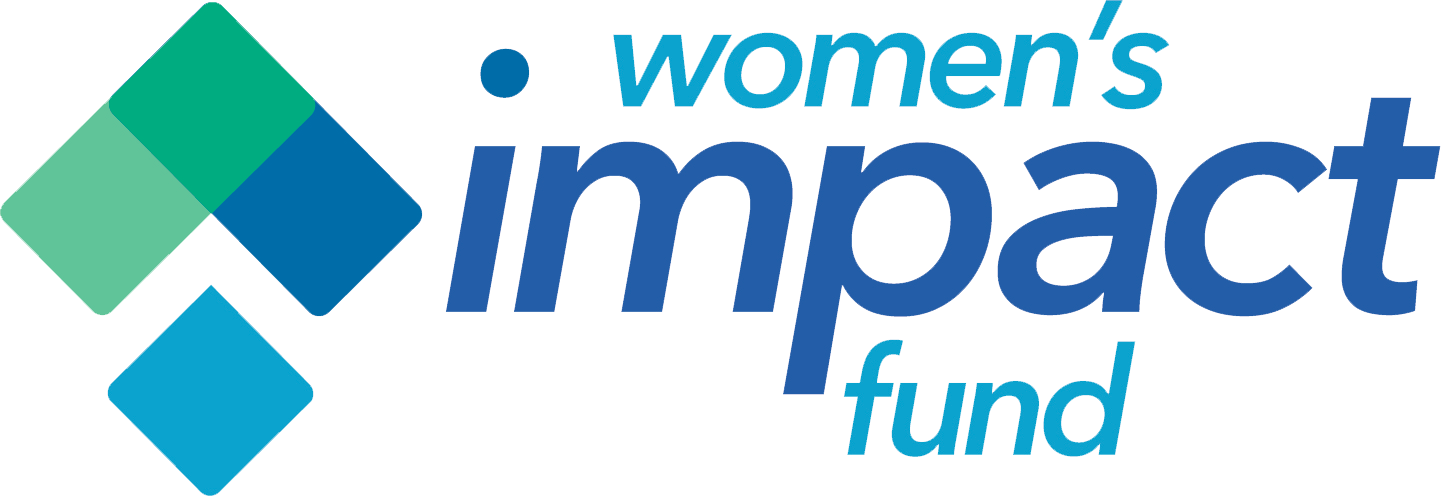A key goal of collective giving is to amplify impact. It starts by pooling resources and giving in targeted ways. Many women’s collective giving circles, like Women’s Impact Fund (WIF), started their journey with project-based grants in topical funding areas — arts & culture, health, environment, education, and human services. More recently, trends in philanthropy like trust-based, grantee-centric, and participatory grant-making are leading to changes in the way some of our sister organizations give.
Many giving circles have moved away from project-based funding and instead embraced unrestricted grants. Some did this in response to the pandemic, others as a means of increasing impact, still others to shift power toward grantee partners. As approaches to giving shift, giving circles are exploring different models.
Some have adopted values criteria to better frame their giving. Impact100 Philadelphia gives priority to organizations that target under-served populations and are led by a staff and board that reflect the diversity of the populations they serve. Ninety-nine girlfriends in Portland, Oregon has adopted three principles as well as trust-based philanthropy to guide its process. Those principles include valuing organizations that “advance equity by including the voices of the community served” and address “root causes of systemic issues”. Washington Women’s Foundation (WaWF) in Seattle (one of the first women’s collective giving circles in the US and the inspiration for WIF) seeks to fund organizations that serve people affected by inequality due to race and/or gender identity, understand root causes of issues facing those being served and can demonstrate progress toward reducing disparities and/or achieving more equitable outcomes.
Some have adjusted their funding areas. WaWF had the same 5 focus areas as WIF until recently. WaWF now has a two-year grant cycle. In the first year, WaWF identified three priorities: Law, Justice & Incarceration; Housing and Hunger; and Arts and Community Culture. Within those areas, their priorities are the school to prison pipeline, the intersection of mental health and housing, and community cultural preservation. In year two, the focus areas will be Health Care, Climate & Agricultural Justice, and Education. Also, WaWF recognizes that “systemic transformation is only possible with a wider coalition of voices demanding change,” and has established an advocacy grant category, that will fund grants in each of the chosen priorities. Another organization, Impact Austin (also had the same funding areas as WIF) now funds in four focus areas: Community, Education, Equity, and Health & Wellbeing. In addition, Impact Austin created a separate grant-making process called Girls Giving Grants for girls in grades 8-12. The g3 grant seeks to support the lives of youth in the community.
Some are partnering with others to make grants. In 2018, Impact 100 Richmond developed a neighborhood catalyst grant — $25,000 for four years. A neighborhood advisory committee made up of women living in the neighborhood was assembled and took the responsibility of determining how the money was spent. In another interesting partnership, WaWF partnered with the Potlatch Fund to focus on community building in Native communities. As part of that process, WaWF created a grants committee comprised of five WaWF members and five native community members. The Potlatch Fund was a key partner providing extensive background information for the non-native members of the committee. The committee relied on the expertise of the native community members to inform the grant-making process.
Our sister organizations are responding to needs in their communities and developing trends in philanthropy in creative and inspiring ways. Giving circles across the country are embracing new approaches in thinking about philanthropy, leaning into positive impact, and addressing inequities and challenges in their communities. WIF, too, is on this journey. Our DEI working group — a partnership of the grants leadership, organizational leadership, and interested members — has been engaged in a process of education and exploration. As that work proceeds, recommendations will be identified and listening groups will be engaged to capture membership feedback. Be on the lookout for announcements about listening sessions later this spring. We welcome and encourage your voices as we work to better our grant-making process and leverage our resources to amplify our impact.


